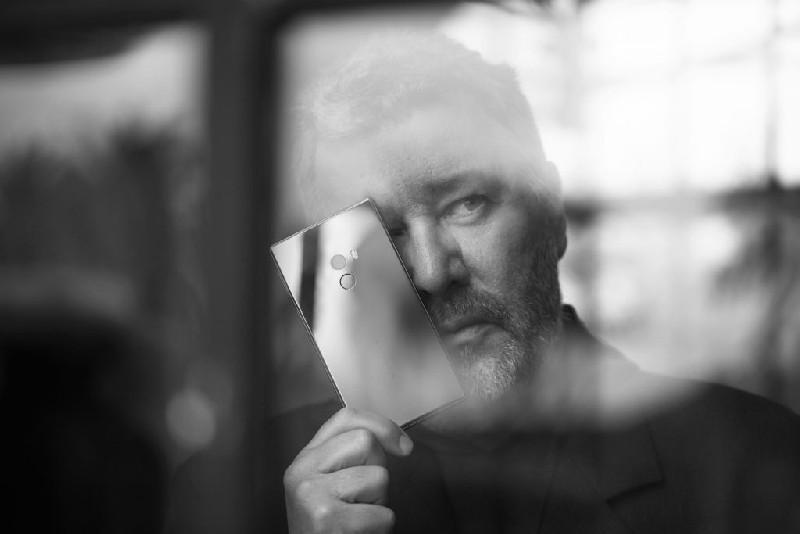


The second part is again dedicated to life and work of Philippe Starck, who made more than 10,000 pieces that he creates during his 16-hour working time.
28. 8. 2017
The second part of the series reveals milestones of Philippe Starck's career from his beginnings to works that brought him recognition in the world. In video will find second part of Starck's furniture work.
Philippe Starck was born in 1949. From a childhood spent beneath the drawing tables of his airplane building, aeronautic engineer father, he retained a primary lesson: everything should be organised elegantly and rigorously, in human relationships as much as in the concluding vision that presides over every creative gesture.

He was a listless student at the Ecole Nissim de Camondo in Paris, but in 1969 Starck designed an inflatable structure, based on the idea of materiality, reflecting his early interest in living spaces.
This revelation bought his first success at the Salon de l’Enfance. Not long afterwards, Pierre Cardin, seduced by the iconoclastic design, offered him the job of artistic director at his publishing house.
In 1976, after the creation of several emblematic objects including a floating lamp and a portable neon sign, this intrepid dreamer designed an audacious decor for the night club, La Main Bleue - in Montreuil – demonstrating that no venue is less respectable than another just because of its eccentricity. He went on to complete the legendary Parisian nightclub Les Bains Douches and the Starck Club in Dallas.

At the same time he founded his first industrial design company, Starck Product, which he later renamed Ubik after the famous Philip K. Dick novel. Here he initiated his collaborations with the biggest design manufacturers in Italy - Driade, Alessi, Kartell - and the world – Drimmer in Austria, Vitra in Switzerland and Disform in Spain, to mention but a few.
In 1983 Philippe Starck was discovered by the general public when, on the advice of Culture Minister Jack Lang, President François Mitterrand chose his project to decorate the private residence at the Elysée Palace. It symbolised an institutional recognition of design.
The following year his international fame was confirmed thanks to the success of the Café Costes, a new venue that was both functional and elegant, that contained all the essence of Starck architecture while converging with the birth and blossoming of a community. His reinvention of the codes of the Parisian cafe made it the cafe par excellence.